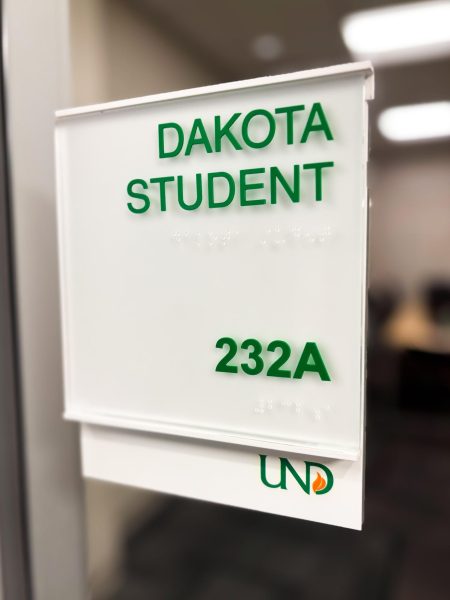Native American culture goes underappreciated
Study of American Indians can benefit society.
“Up Heartbreak Hill” follows the struggles of Native American teens. Photo via iTunes.
Picture what you you’ve learned about Native Americans. Most people know little about how American Indian cities — that’s right, cities — used to exist throughout what is now the eastern portion of the United States. Many people still even believe Christopher Columbus discovered North America. According to a poll published in the Los Angeles Times, 64 percent of those surveyed said Columbus was a hero.
“Columbus robbed, brutalized and enslaved American Indians and started centuries of destruction of their cultures,” the article said. “But only 15 percent of those polled said they agreed with those who call Columbus a villain.”
As far as I’m concerned, introducing plague and genocide does not make someone a hero.
Personally, I’ve always been fascinated by the culture and traditions of Native Americans. I’ve done reports on various American Indian tribes, attended seminars with elders and visited the unfinished Crazy Horse memorial in the Black Hills of South Dakota, which will be more than twice as large as Mt. Rushmore -— maybe even the largest sculpture in the world. That sounds far more spectacular than the old heads on Mt. Rushmore.
I am a firm believer that our education system does not teach enough about the perspectives and values of the various tribes that once were spread out across the plains. Schools simply provide a one-sided view of the events that led to the destruction of American Indians land and tribes.
Open any high school textbook, and you’ll see one little paragraph about the Native American tribes comprised of around 11 million men, women and children who lived in North America before Spanish settlers arrived. Nevermind the extraordinary suffering that American expansion caused these peoples; we don’t teach that.
American Indians have a set of values and beliefs that maybe aren’t as applicable in today’s world as they once were, but that certainly seem more beneficial than many of the norms of today. These values include patience, practicality and work ethic.
A great example of the struggle of American Indians is the movie “Up Heartbreak Hill,” which played at the American Indian film festival on campus. The movie tells the story of three young Native Americans who are seniors in high school and struggling to survive in a town where only 30 percent of the population has a high school diploma.
The three friends are left to decide if they want to leave the only home they’ve ever known for a better life or stay with their close-knit community. Like the decision everyone makes when they are about to leave their home town after high school, it’s not easy. Thomas, the main character, is set on earning a scholarship for track and field to return to his home to make a difference. His friend Tamara is set on going to school out of state ,much like I was. If we can take anything away from the story of Tamara and Thomas and of the American Indians, it’s that we must never let anything but our actions define us.
Dusk Crescenzo is a staff writer for The Dakota Student. He can be reached at dusk.crescenzo@my.und.edu.






